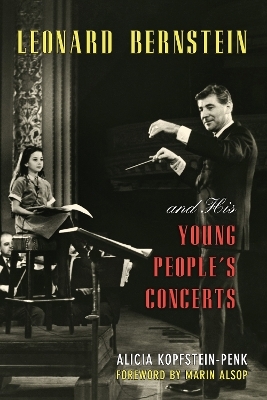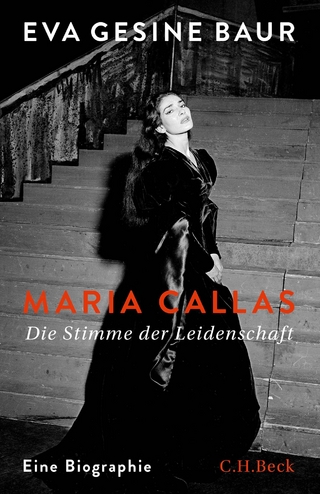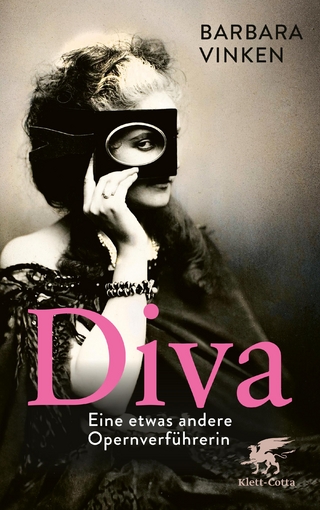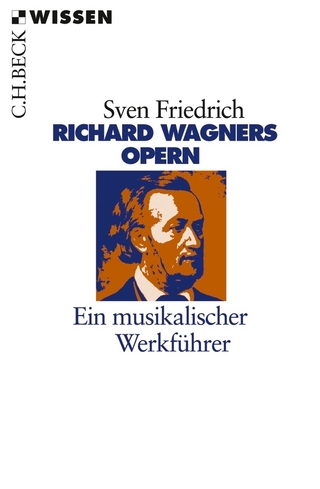
Leonard Bernstein and His Young People's Concerts
Rowman & Littlefield Publishers (Verlag)
978-0-8108-8849-4 (ISBN)
Leonard Bernstein touched millions of lives as composer, conductor, teacher, and activist. He frequently visited homes around the world through the medium of television, particularly through his fifty-three award-winning Young People’s Concerts (1958-1972), which at their height were seen by nearly ten million in over forty countries. Originally designed for young viewers but equally attractive to eager adults, Bernstein’s brilliance as a teacher shined brightly in his televised presentations. And yet, despite the light touch of the “maestro,” the innocence of his audience, and the joyousness of each show’s topic, the turbulence of the times would peek through.
In this first in-depth look at the series, Alicia Kopfstein-Penk’s Leonard Bernstein and His Young People’s Concerts illustrates how the cultural, social, political, and musical upheavals of the long sixties impacted Bernstein’s life and his Young People’s Concerts. Responding to trends in corporate sponsorship, censorship, and arts programming from the Golden Age of Television into the 1970s, the Young People’s Concerts would show the impact of and reflect the social and cultural politics of the Cold War, Vietnam, the Civil Rights and Women’s Movements, and the Counterculture. Bernstein cheerfully bridged classical and popular tastes, juxtaposing the Beatles with Mozart even as he offered personal, televised pleas for peace and unity. At the same time, the concerts reflect Bernstein’s troubled relationship as a professional musician with the dominance of atonality and his quest to nurture American music.
Anyone who enjoys the oeuvre of Leonard Bernstein, has watched his Young People’s Concerts, or is passionate about the history of the long sixties will find in Leonard Bernstein and His Young People’s Concerts a story of all three captured in this monumental study.
Alicia Kopfstein-Penk is an enthusiastic postmodernist who teaches at American University. As a performer, she has sung Bernstein at the Metropolitan Opera, Beatles at clubs, and played classical guitar at the Kennedy Center. She is also a contributor to Soundboard, and a podcast producer for the Washington National Opera.
A Note on Figures
List of Tables
Foreword
Preface
Introduction
Chapter 1: Background: Who, When, and How
Chapter 2: Decisions: Topics, Pieces, and Performers
Chapter 3: The Postmodernist: Highbrow, Lowbrow, and Middlebrow Joined
Chapter 4: The Television Pioneer: Origins, Competition, Success
Chapter 5: The Pacifist: The Cold War Intrudes
Chapter 6: The Liberal: Civil Rights, Feminism, and the Counterculture
Chapter 7: The Musical Reactionary: Atonality versus Tonality or Composer versus Audience
Chapter 8: The Advocate for American Music: Search for an American Identity
Epilogue
Appendix A: Program Numbers, Titles, and Dates with Chapter References and Possible Motivations for Topic for Bernstein’s Young People’s Concerts
Appendix B: Alphabetical List of Bernstein’s Young People’s Concerts
Appendix C: Production and Broadcast Information for Bernstein’s Young People’s Concerts
Appendix D: Young Performers on Bernstein’s Young People’s Concerts
Appendix E: Existing Nielsen Ratings for Bernstein’s Young People’s Concerts
Appendix F: Twentieth-Century Works in Bernstein’s Young People’s Concerts
Appendix G: American Music in Bernstein’s Young People’s Concerts
Appendix H: Young People’s Concerts without Bernstein, 1958-1972
Bibliography
Index
About the Author
| Erscheint lt. Verlag | 22.3.2015 |
|---|---|
| Verlagsort | Lanham, MD |
| Sprache | englisch |
| Maße | 160 x 236 mm |
| Gewicht | 640 g |
| Themenwelt | Kunst / Musik / Theater ► Musik ► Klassik / Oper / Musical |
| ISBN-10 | 0-8108-8849-1 / 0810888491 |
| ISBN-13 | 978-0-8108-8849-4 / 9780810888494 |
| Zustand | Neuware |
| Haben Sie eine Frage zum Produkt? |
aus dem Bereich


